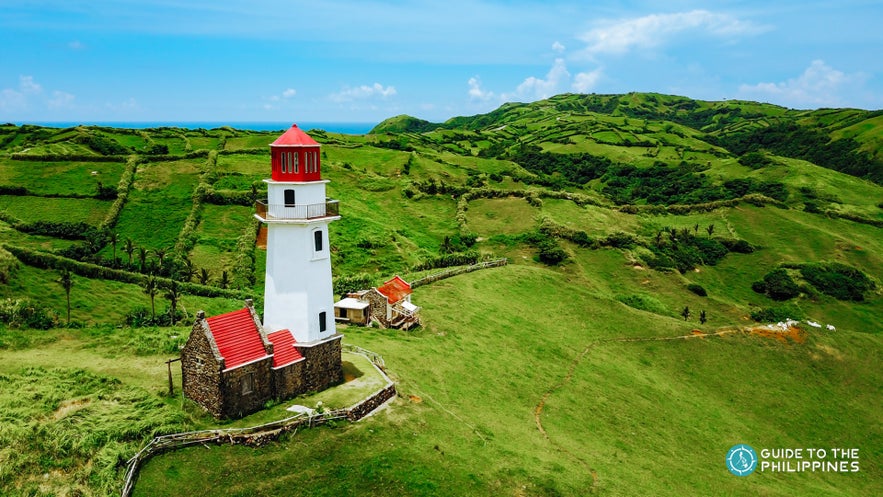Batanes

Batanes Island, the northernmost island province in the Philippines, is a place where dramatic landscapes, stone house villages, and timeless traditions come together to form one of the country’s most unique destinations.
Known for its rolling hills, rugged coastlines, historic lighthouses, and the enduring Ivatan culture, Batanes offers a peaceful and picturesque escape far from the crowds of more commercial tourist spots.
Thanks to direct flights to Batanes from Manila and Clark, this once-remote island is now more accessible, yet it has preserved its untouched beauty and gentle way of life. With its cooler climate, quiet roads, and panoramic views, Batanes Island continues to enchant travelers looking for a retreat that is both authentic and awe-inspiring.
Top Attractions on Batanes Island
Among the most iconic Batanes tourist spots is Marlboro Country (Rakuh a Payaman), where vast, windswept hills resemble the countryside of New Zealand. The Basco Lighthouse and Naidi Hills offer sweeping views of the sea and the town below, while Valugan Boulder Beach impresses with its shore lined with volcanic stones shaped by centuries of waves.
No trip is complete without visiting Sabtang Island, a short boat ride from the main island, where travelers can walk through villages of traditional Ivatan stone houses, explore Morong Beach, and see the famous Nakabuang Arch. More adventurous travelers can venture to Itbayat, a remote island known for its raw landscapes and rich traditions.
Plan Your Visit
To fully appreciate the beauty and culture of the island, travelers are encouraged to join Batanes Island tours that highlight the best of Basco, Sabtang, and Itbayat. A popular option is the full 5-day tour package to Batanes Island, which allows ample time to explore major sights, interact with locals, and enjoy the island’s slower pace.
For a seamless experience, many travelers book Batanes packages that combine flights to Batanes, guided tours, and accommodations. These all-in-one bundles are ideal for those who want to explore the island’s rich history, natural beauty, and culture without the hassle of planning each detail individually.
Where to Stay
There are a number of comfortable Batanes hotels, inns, and homestays available throughout the island, particularly in Basco. These accommodations range from simple, family-run lodges to boutique inns that offer scenic views and warm Ivatan hospitality—perfect for resting after a day of exploration.
Best Time to Visit
The ideal time to explore Batanes Island is during the dry season from March to June, when the skies are clearer and the roads are easier to navigate. However, the island remains a year-round destination for travelers looking to experience its cool breeze, quiet charm, and scenic landscapes without the crowds.









